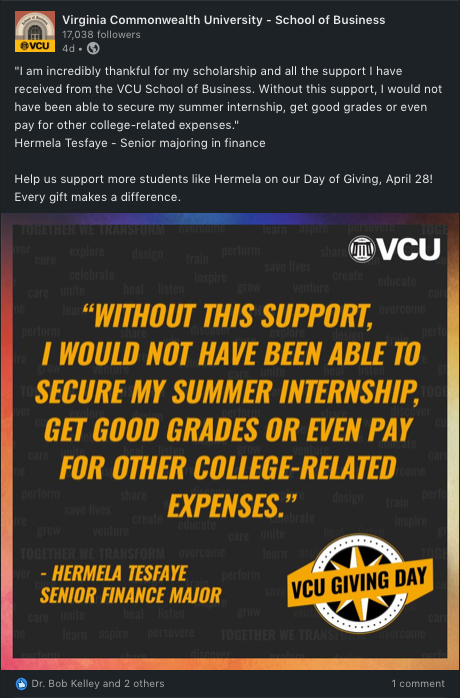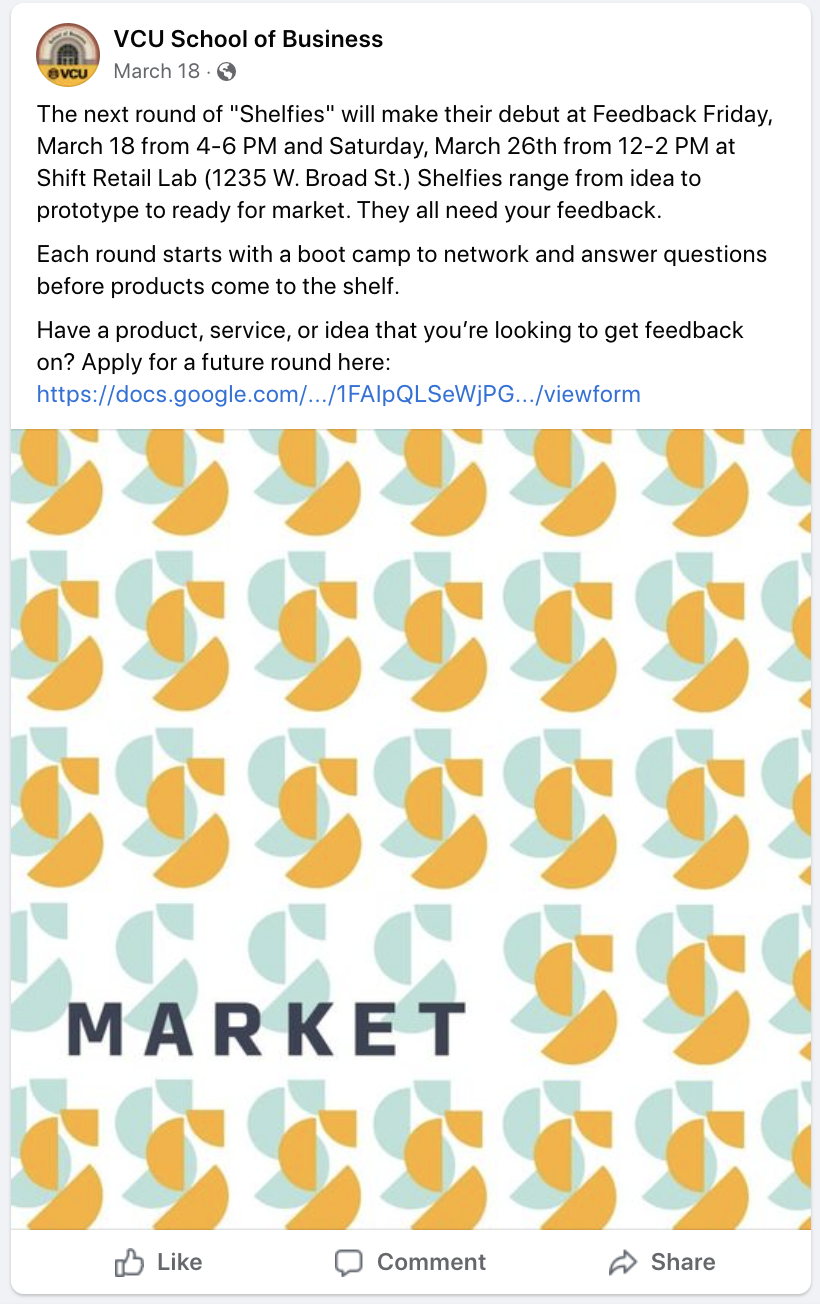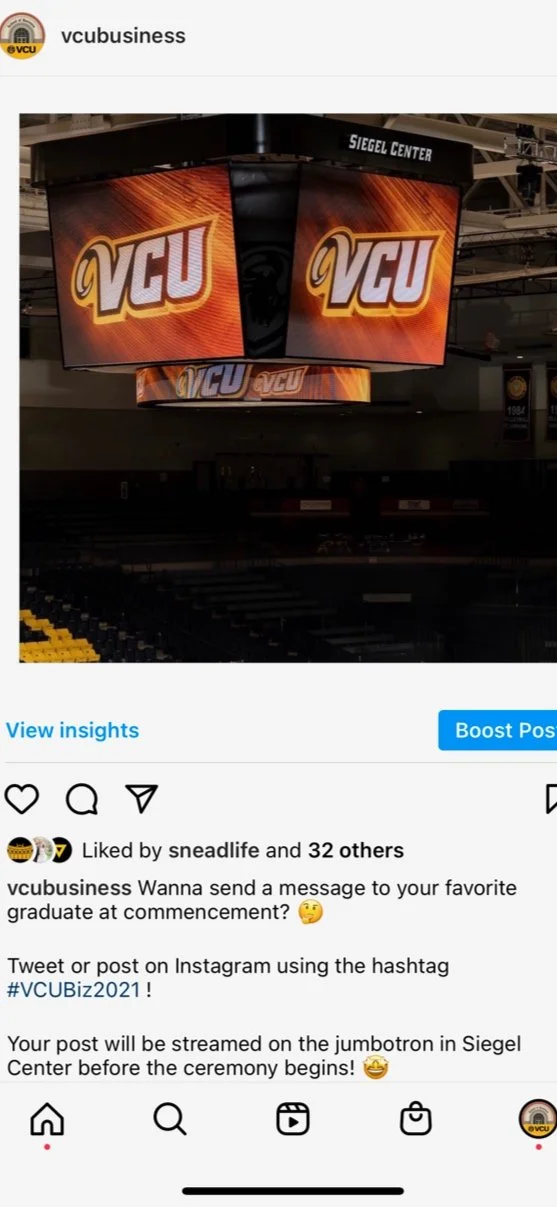scenario Prompt
Based on my experience, it’s always important to remember that communication crises can be an opportunity for more transparency and accountability. A few years ago, accountability and transparency would be refreshing from brands and institutions, but now it is the standard by which they’re judged. With news at anyone’s fingertip in real-time, and volatility at an all time high due to the socio-political climate, brands need to establish their values and demonstrate them to their audience. This is a big challenge for large institutions, who may become bogged down in risk assessment and miss a valuable opportunity to showcase purposeful and honest communication.
While 525 signatures overnight may raise eyebrows, but we do not yet have enough information to see whether it’ll get traction beyond that, or how quickly, to determine whether an immediate response is warranted. But, it definitely warrants close monitoring and it’s a good insight on the community’s frustrations. With all of that in mind, I’d advise the VP on the following considerations:
-
The first thing to do when preparing for a potential crisis is to identify a spokesperson that could help the communications team prepare responses, and who could meet with the student activist leaders in a timely fashion should the situation escalate. This person should be in a leadership position and should have practical knowledge of the university’s tuition decisions.
Internal collaboration and establishment of responsibilities early on (pre-crisis) are key in order for the university to be able to respond in a timely manner. In the meantime, the social media team should continue to monitor the situation so any communications are timed appropriately.
-
Informing students and the community about the many scholarships and financial assistance opportunities available will be a beneficial internal message during this time, as well as a strengthening secondary message to support the recruitment campaign. This could be done through organic social posts, but also through other methods of communications as well (such as emails, or news stories).
We don’t want the messaging of this to sound performative or defensive, it should truly take an informational tone. Any clarity that could be provided about VCU’s efforts to reduce and stabilize tuition, as well as any constraints and hurdles, would be a beneficial long-term internal message that should be deployed periodically for the sake of transparency.
-
If the student activists start to gain further traction and begin to more aggressively engage on social media, I would advise responding to them by mentioning the opportunities to engage in public forum at VCU and in Richmond: town halls with the provost, board of visitor meetings, general assembly or state legislature meetings, etc.
Instead of adding fuel to the fire by trying to counter the argument, providing avenues for discussion and encouraging the proper way to engage in positive activism is a beneficial life lesson for students that could result in positive change. It’ll also help them understand the many hurdles and economic factors at play.
As a public institution, we should encourage public discourse, instead of hiding from it.
By being a part of the conversation, you can shape it. Brands need to proactively control the narrative whether in crisis mode or not, so regardless of whether the petition gains further traction over time or not, this situation has identified a topic that university leaders need to become aware of and address, not just during a crisis. It’s important to listen to our students and not forget their point of view or experiences.
Social Media re-dos
Day of Giving quote- Linkedin
What we did: One of our posts leading up to Giving Day was a quote from someone who actually benefitted from a scholarship, in order to entice donors to give.
The problem: Looking back at this post, which is one of a few in this series, it doesn’t make it personal enough. The appeal to give is not here because the face of the person is not here. Their voice is not here. The act of using a quote, actually removed the emotion out of it. It’s not surprising that it didn’t receive much engagement.
The re-do: If re-doing this, I would shoot a small video with the student selected, so people could see her and hear her words. That would make this post a lot more compelling. The caption could include the most powerful sound bite to get viewers interested in watching the whole clip.
Measuring success: I’d determine if this post’s re-do was successful by the amount of engagement, specifically likes and comments, in comparison to our regular LinkedIn posts.
Shelfies Promotion on Facebook
What we did: This was a post created from a request from the Davinci Center to promote their event. They provided an optional image to go along with it, information about the event and a link. We used their graphic and created a caption to go along with it, to look similar to how they were promoting it.
The problem: This was a missed opportunity to promote all the different products participating in this round of ”Shelfies” which is what actually would’ve enticed someone to sign up, otherwise it just looks like a generic announcement.
The re-do: If we could re-do this, I would take photos of the products participating in “Shelfies.” Since this is on Facebook, each “Shelfie” product could’ve had their own photo with a description, and that could’ve enticed people to comment on each one. Since we are not the Davinci account, the caption should’ve also taken more time to explain what “Shelfies” and “Feedback Friday” means.
Measuring success: for this post, the most important metric would be if there was an uptick in event registrations from this post; link clicks and impressions would help us determine success as well.
Jumbotron participation promotion - Instagram
What we did: Every spring graduation, the School of Business uses the Siegel Center for its large celebration. We use this interactive service to stream a live feed of comments celebrating our graduates by using our hashtag. We promoted our hashtag with a stock image of the Jumbotron.
The problem: Although this post provides all the instructions, it doesn’t show the viewer how cool it actually is. Instagram is all about the visuals, and this photo doesn’t hide the fact it’s a stock image.
The re-do: I would love to capture the interactive stream in real-time at the next graduation for future use on social media. Another option could be to use screen capture footage of the web page we use to stream and manage the posts during the day, so people could see what kind of messages people send to the graduates.
Measuring success: for this post, increase in engagement would be the biggest method of tracking success, as well as any uptick in our graduation hashtag usage.




